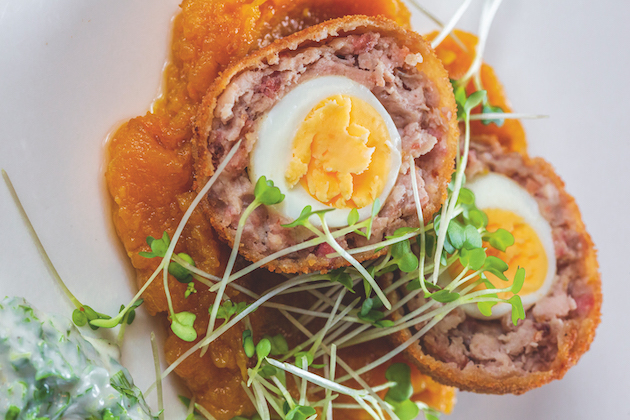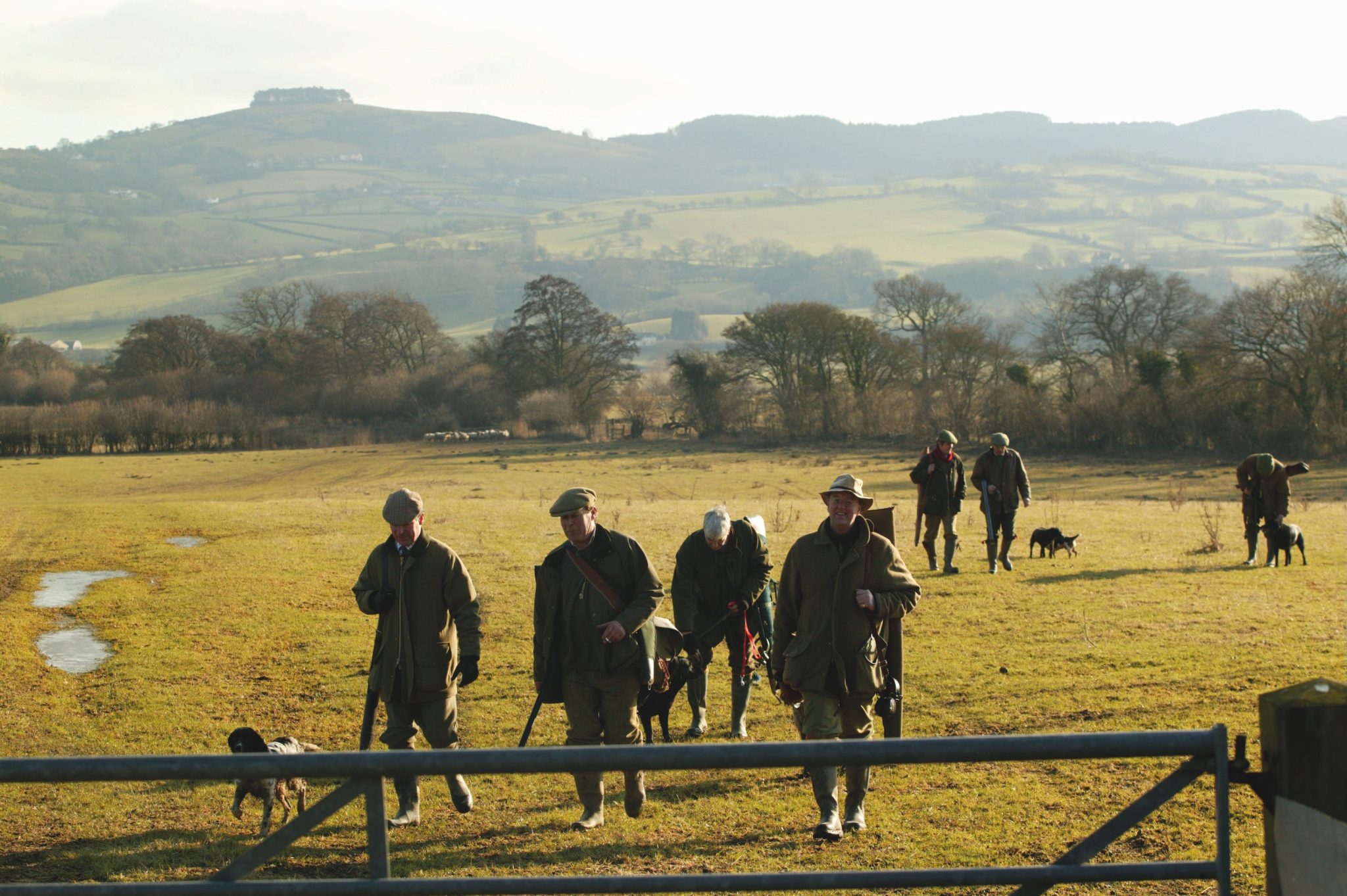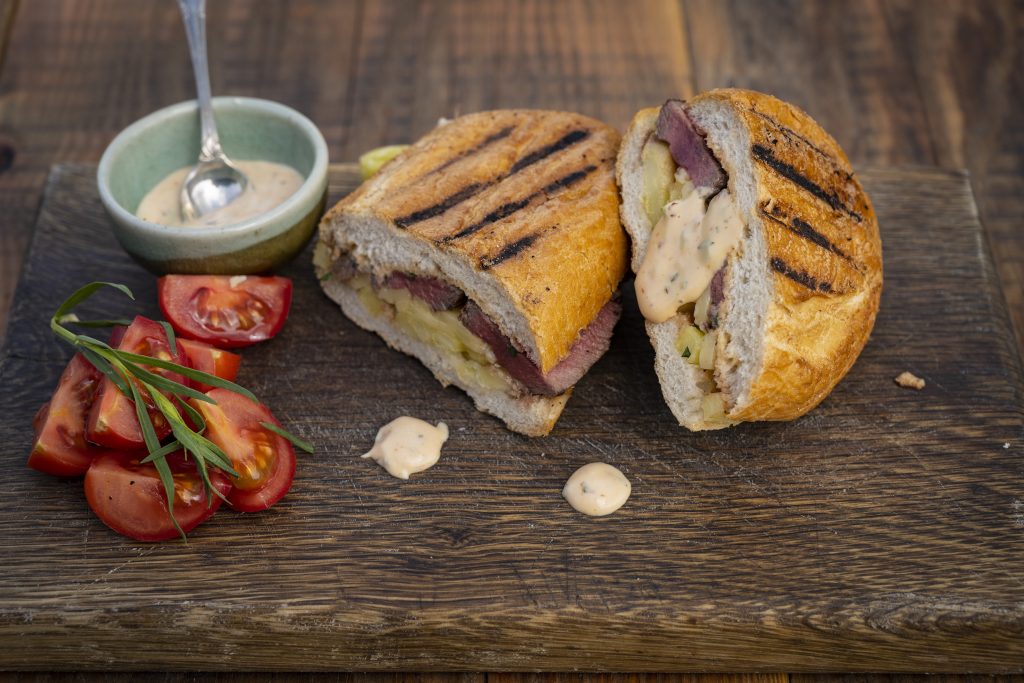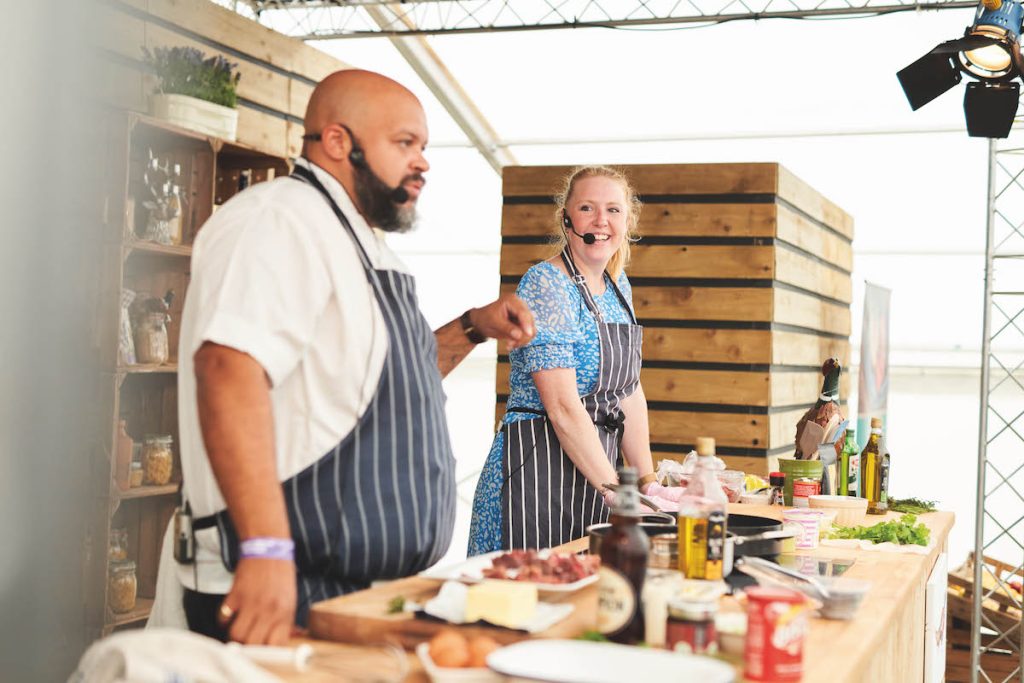Win CENS ProFlex DX5 earplugs worth £1,149 – enter here
Recipe for quail Scotch eggs
 Tim Maddams - Quail Scotch Eggs
Tim Maddams - Quail Scotch Eggs
This Scotch egg recipe made with quail is so ludicrously posh as a dish that it slightly offends my wishy-washy, lefty liberalism. But it tastes so good, looks so funky on the plate and adds such an element of glamour to the table that I simply had to share it.
I am sure we don’t need a huge amount of familiarisation with the dish. Everyone knows what a Scotch egg is and vaguely how to make one. The origins of the Scotch egg are lost to the mists of time, but there are various contenders for the crown of brilliance — and it is a work of brilliance, surely anyone can see that.
Swanky London store Fortnum & Mason claims to have invented this wondrous food in 1738 as a travellers’ snack, but the evidence for this claim has since been lost. Imagine being the office boy in the Fortnum food archives when a call came in from the Scotch Egg Historical Society. “Erm, I seem to have misplaced the vellum in question.” There are other theories out there as to the initiation of the meteoric rise of the Scotch egg to snack-food stardom. In terms of its premier in foodie literature, it was first mentioned in 1809 by Maria Rundell. Her version is served hot as a supper item — with gravy. Now there’s a whole new old idea to put to the test.
For this recipe for Scotch eggs, we are scotching a quail egg, and I can tell you now that you are going to struggle to get a runny yolk from a quail’s egg that is cooked firmly enough to peel. Feel free to try and I look forward to being proved wrong. The meat is a mixture of pheasant and smoked bacon, but you can play fast and loose with that. A rabbit version would be fun at Easter. Whatever game meat is used, some fat will need to be added, be that back fat or bacon. To ensure they are not too dry, more fat is needed than is generally present in game meat. I’ve made these into a fancy lunch dish with the addition of some warmed roast pumpkin, doused with a little sherry vinegar. For me, a cold egg also needs cress, so there is a sprinkling atop the whole show and some herby mayonnaise playing a supporting role.
Scotch egg recipe with quail, roasted pumpkin and herby mayonnaise
Ingredients
- 6 quail eggs
- 150g pheasant meat, diced
- 75g smoked bacon, rindless and chopped
- Salt and pepper
- Oil, for frying
- Flour, beaten egg and breadcrumbs, for breading
- For the garnish half a punnet of cress
- 400g roasted pumpkin, or other squash
- 1 dsP good quality sherry vinegar
- A sprig of parsley, chives and tarragon
- 1 or 2 TBSP mayonnaise
Method
- Gently lower the eggs into boiling water and time for four minutes. Remove to iced water to allow them to cool rapidly. Once cool, carefully peel them and set them aside.
- Mince the pheasant and bacon together on a fine setting or twice on a coarse plate. Season well with pepper, but go easy on the salt as the bacon will make a contribution. 3
- The best way to apply the meat to the boiled eggs is to divide it into six equal balls and spread one ball at a time into a thin patty on one hand. Place the egg in the middle and wrap. Squeeze and form into a tight ball. It may help to roll the eggs in a little flour first.
- Roll each of the meat-wrapped eggs in a little seasoned flour. Place in beaten egg and then in the breadcrumbs, making sure they are well coated all over.
- Put sufficient cooking oil in a smallish pan to immerse the eggs and heat to 160°C. Fry the eggs in two batches of three for three minutes each, turning them once in case they catch. Remove the cooked eggs and drain on kitchen paper. Warm some cooked squash and season with a little sherry vinegar.
- Knock up a herby mayonnaise by mixing a dessertspoon of chopped parsley, chives and tarragon with a tablespoon of mayonnaise, perhaps adding a squeeze of lemon.
- Cut the eggs in half so they look pretty and serve atop a base of roasted squash. Scatter over loads of cress and adorn with a spoonful of herby mayo.
Related Articles
Get the latest news delivered direct to your door
Subscribe to Shooting Times & Country
Discover the ultimate companion for field sports enthusiasts with Shooting Times & Country Magazine, the UK’s leading weekly publication that has been at the forefront of shooting culture since 1882. Subscribers gain access to expert tips, comprehensive gear reviews, seasonal advice and a vibrant community of like-minded shooters.
Save on shop price when you subscribe with weekly issues featuring in-depth articles on gundog training, exclusive member offers and access to the digital back issue library. A Shooting Times & Country subscription is more than a magazine, don’t just read about the countryside; immerse yourself in its most authoritative and engaging publication.







